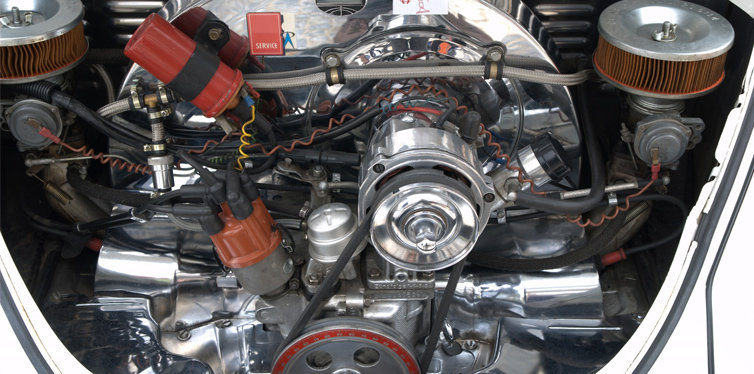Euro 6/VI vehicle emission standards kicked into force circa March 2016. Euro 6 emission standards were brought about to tighten the noose around vehicular emissions with an eye on significantly reducing NO2 expulsion from diesel vehicles. Consequently, vehicle manufacturers have had to resort to certain measures to be compliant with the prescribed standards.
Some have resorted to undertaking drastic steps to achieve compliance with Euro 6. For instance, the Volkswagen emission scandal was based on the manufacturer trying to cheat on the emission requirements. While tweaks in engine designs have played a significant role, certain ancillary chemicals have been a clever and more cost-effective way to help achieve the emission targets prescribed under Euro 6. AdBlue is one such chemical.
In newer diesel cars, it is very easily noticed that there is an additional cap next to the main fuel cap. This cap is where the AdBlue goes in. It cannot be overstated how important a role AdBlue will play in achieving lesser pollutants emitted by vehicles. Consequently, it is imperative to understand how and what it is that AdBlue does and how to utilize it optimally.
Chemistry Involved
At the outset, it should be noted that AdBlue is just a trademarked name for a brand of diesel exhaust fluid. This trademark is owned by the German Association of Automotive Industry. An apt analogy would be how photocopiers are referred to as Xerox.
AdBlue stripped down its bare essentials, is made up of really high-grade urea and extremely pure deionized water. The proportion of the two is roughly 1 part urea for every 2 parts of water. Water, being a powerful solvent, prevents urea from forming solid crystals and instead turns the mixture into a liquid state, making it easier to use in car engines. While this mixture is odorless and non-toxic, it has the ability to corrode metallic surfaces. Thus, it should be transported and handled with care.

What about the Mechanics?
The core technology underlying the reduction of emissions from diesel-powered vehicles is something called selective catalytic reduction (SCR). The newer your car, the likelier it is that it runs on SCR technology. All exhaust elements go through the SCR catalyst before being expelled.
It is a common misconception that AdBlue is some sort of a fuel additive, however, it isn’t. Instead, it is a component of SCR technology that is injected into the SCR catalyst by employing a system that controls the dosing. Once AdBlue is injected into the system, it results in the breakdown of nitrous oxides in unburnt fuel and residual soot into harmless water, inert nitrogen and trace amounts of carbon dioxide.
Consumption and Refilling
Just like fuel, AdBlue usage does not follow a hard and fast rule. It depends on several factors, namely ones that determine mileage to an extent. This is fairly obvious since AdBlue is injected every time fuel is used. However, since it is only small amounts of AdBlue that are typically required each time it is injected, refilling is nowhere near as frequent as the refilling of your diesel tanks. Having said that, a good rule of thumb is on average a liter of AdBlue is used for every 1200 kilometers.
It isn’t too much of a worry to know when your vehicle needs AdBlue. Your vehicle’s onboard computer systems will give an indication when the levels of AdBlue are depleted. It might also be helpful to note that the computer will start giving notifications several thousand kilometers prior to your AdBlue tank needing a refill. Not to delay the refill more than necessary is equally important. Your engine will not start or work in a very low-power phase if there is no AdBlue, this operational regime commonly known as ‘limp mode’.
Storing AdBlue
If you intend on keeping your own supply of AdBlue, you need to know how to preserve it well. Like most medication storage instructions, your AdBlue container should never be kept in direct sunlight. This is not because AdBlue is flammable but because urea can react with the heat.
Similarly, the temperature at which AdBlue is preserved should be between -6 and 25 degrees Celsius. Further precautions should be taken to ensure that the container itself is devoid of contaminants. Upon entering your AdBlue tank, such contaminants could have a detrimental effect on your engine.
Commercially, AdBlue even comes in 10-liter containers. This probably will be surplus to your needs if you typically use just your personal diesel vehicle. Even when optimally kept, AdBlue has a short shelf life – around 12 to 18 months. So it would be a better idea to only buy as much AdBlue as required for a refill. Of course, this depends on your specific AdBlue requirements.